It was tricky to solve and I'm hoping someone might have a cunning answer that puts mine to shame. However, my solution was to redraw the circuit and apply 1 volt across A and B. I've made point B my ground reference to make life easier but I could have done the same with point A or any node in the circuit.
This answer uses Micro-cap 12 simulation software to give me the answer straight away but, importantly, I'm "classically transforming" the circuit in stages to show you how you might solve it theoretically.
Here's the redrawn circuit: -
Obligingly, MC12 gives the answer straight away (but that is just to show that I'm using the correct method further down). So, the total current drawn from the 1 volt source is 334.288 mA. This tells me that the resistance seen between points A and B is 2.99143 ohms. But we need to solve this classically.
So, to get the answer following classical steps requires a few source transformations. First is "splitting the voltage source": -
So, splitting the original source into two identical 1 volt sources does not alter anything but, it does allow each source to be transformed to a new voltage in series with a single resistor. For instance, V2 can be converted to 0.5 volts in series with 1.65 ohms AND V3 can be converted to 0.4 volts in series with 1.32 ohms: -

As you can see (and this is very important), those source transformations are not affecting the current that passes through the 7.5 ohm resistor. In other words I've now got close to an answer - I can calculate (or see) that the voltages either side of the 7.5 ohm resistor match the voltages in the top diagram (484.241 mV and 412.607 mV) and those voltages allow me to go back to the original circuit and calculate currents.
So, I'm going to steal JYelton's diagram and put the voltages on it: -

And, if you add those two currents you get 334.288 mA (bar the odd rounding error, the same as originally found using the MC12 dynamic solver) and gives us the resistance between A and B of 2.99143 ohms.
